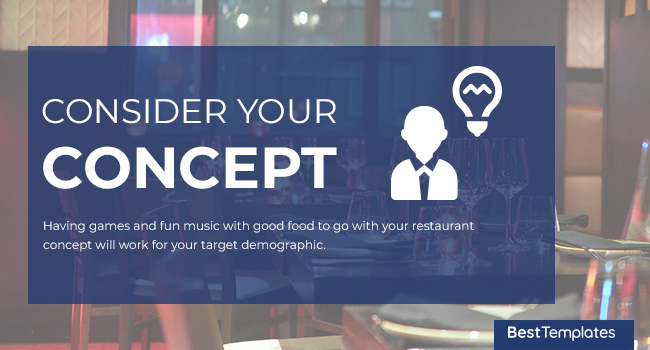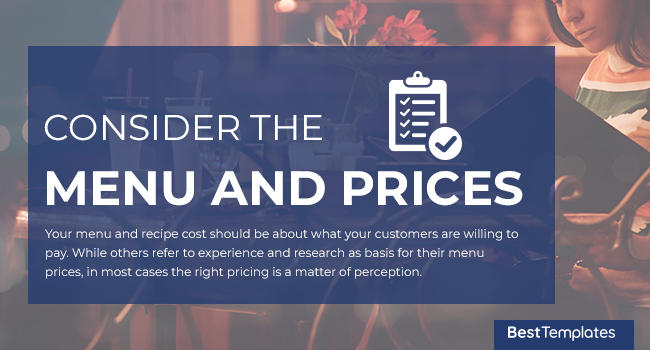
When starting a restaurant business, you ask: Who am I trying to target? How can my restaurant cater to a divergent customer base?
There are four key factors that play vital roles: location, concept, demographics and restaurant marketing. these factors give us answers that will make us create a customer profile. From this, we make predictions about them to better serve their needs.
According to studies: “Loyal regulars spend 67% more at restaurants than new guests do. With effective guest communication, you can make every guest a loyal regular”. For this reason, a restaurant business plan is essential to help you tailor your efforts to communicate directly to your customer, hence, the establishment of loyal customer base that drives repeat sales.
-
Why you need to Define Target Customer
“Shoot for the moon. If you miss, you’ll land among the stars.” this doesn’t work in a restaurant business. Target who you are after so your marketing expenses will be laser-focused on those people who are already predisposed to visit and try your restaurant.
-
Target Market vs. Target Customer
A target market is a more broad group of potential restaurant customers defined by ranges. The target market may need to be broken down to a specific target customer. Your target customer is the person you’ve identified as most likely to visit your restaurant.
Analyse your Location

Choosing the perfect location for your restaurant business is as important to its success as great food and your restaurant service. A buyer persona also known as “customer avatar” will help you ensure the marketing ads are relevant and end up in a sale. Furthermore, decisions regarding location aren’t easy to undo, hence, changing your mind is expensive, difficult, and damaging to the perception of your restaurant’s brand. You also have to make sure that in choosing your restaurant location, there should be convenient overflow of a parking lot.
Consider your Concept

You’ve got to build a competitive advantage. Choosing a restaurant concept that is appealing to your demographic should be in your priority list too. Let’s say, your restaurant business is in the vicinity of a college, it is wise to keep the ambience light and fun so your millennial customers can relate to it. Having games and fun music with good food to go with your restaurant concept will work for your target demographic.
Consider the Menu and Prices

Consider your last visit to a market: What was an acceptable price that motivated you to buy? You need to observe and ask questions. Your menu and recipe cost should be about what your customers are willing to pay. While others refer to experience and research as basis for their menu prices, in most cases the right pricing is a matter of perception. In your menu evaluation, it is important that you understand how your customers perceive your price, and how you can influence their perception.
Look at Customer’s Coming Back to your Restaurant

Choose a pricing tactic that will help you meet your sales objectives, enhances your restaurant’s reputation and provides the best profit point for you. A discount pricing strategy is useful in driving traffic and sales short term. A special pricing policy for repeat customers will also work like creating a loyalty program that can be simple as rewarding them on their second or third visit to your restaurant. Your restaurant reports makes it easy to see who your best customers are by amounts and total number of order
Is your goal to offer a positive experience for each and every customer you have? There’s nothing wrong if you answer yes. But remember to exercise the discipline to put the needs of your target customers first ahead of others. Identifying which customers are the most valuable to your restaurant’s success comes first. Choosing to best ways to fulfil their needs come second. Find restaurant templates and documents here.
